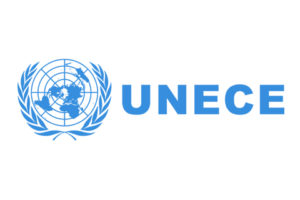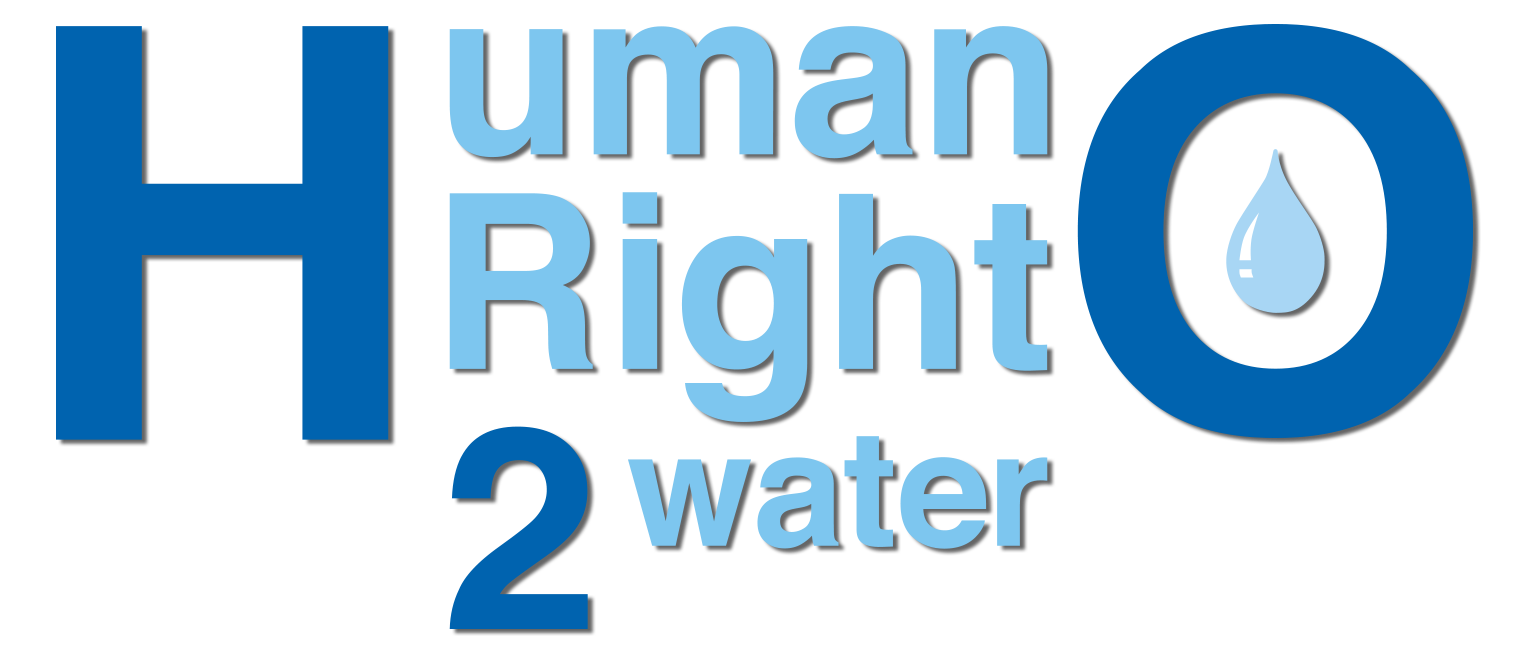People-First PPPs, a UNECE initiative towards an evaluation methodology to scoring mechanism for the Sustainable Development Goals
The Sustainable Development Goals (SDGs) call for different forms of partnership, including Public-Private Partnerships (PPP) as a tool to close the huge infrastructure gap …
Trillions of US dollars are needed across a wide spectrum of infrastructure and Governments by themselves have not the resources to deliver. This is especially true of the low- and medium-income countries.
… but the complexity in the design and management of these long-term public–private arrangements also presents some limitations and challenges, …
These challenges and limitations of PPPs are important to bear in mind when analyzing the potential of PPPs to promote sustainable development. In order to realize their social value beyond their economic value, PPPs need to be ‘fit for purpose’. That means PPPs moving from being a mere financing tool to becoming an instrument that also provides ‘value for people’ and ‘value for the planet’.
… which require a new ‘people-first’ approach.
In this context, the United Nations Economic Commission for Europe (UNECE) has developed the People-First PPP approach to provide a model that will “foster access to essential public services for all where sustainable development as its objective and putting people first at the core”.
An Evaluation methodology is being developed to set benchmarks and indicators to provide the evaluation needed to revise and adjust project designs and operations to make them more compliant with People-First Outcomes and SDGs. They are grouped into five outcomes, namely
- Stakeholder engagement.
- Improving access and equity,
- Economic effectiveness,
- Environmental sustainability and resilience, and
- Replicability
As the sub-group leader for stakeholder engagement, we have been able to provide expert advice and experience to keep in mind the human rights-based approach when developing these indicators. Current projects include the development of a guide for using the evaluation methodology, and support to the Ukrainian government to test in implementation.


